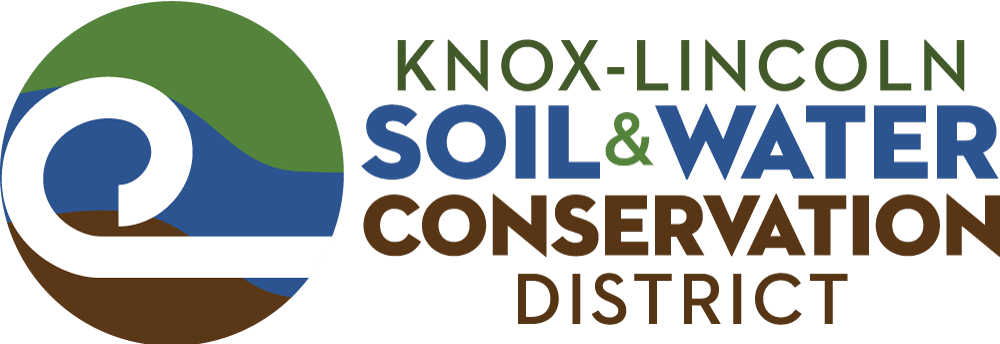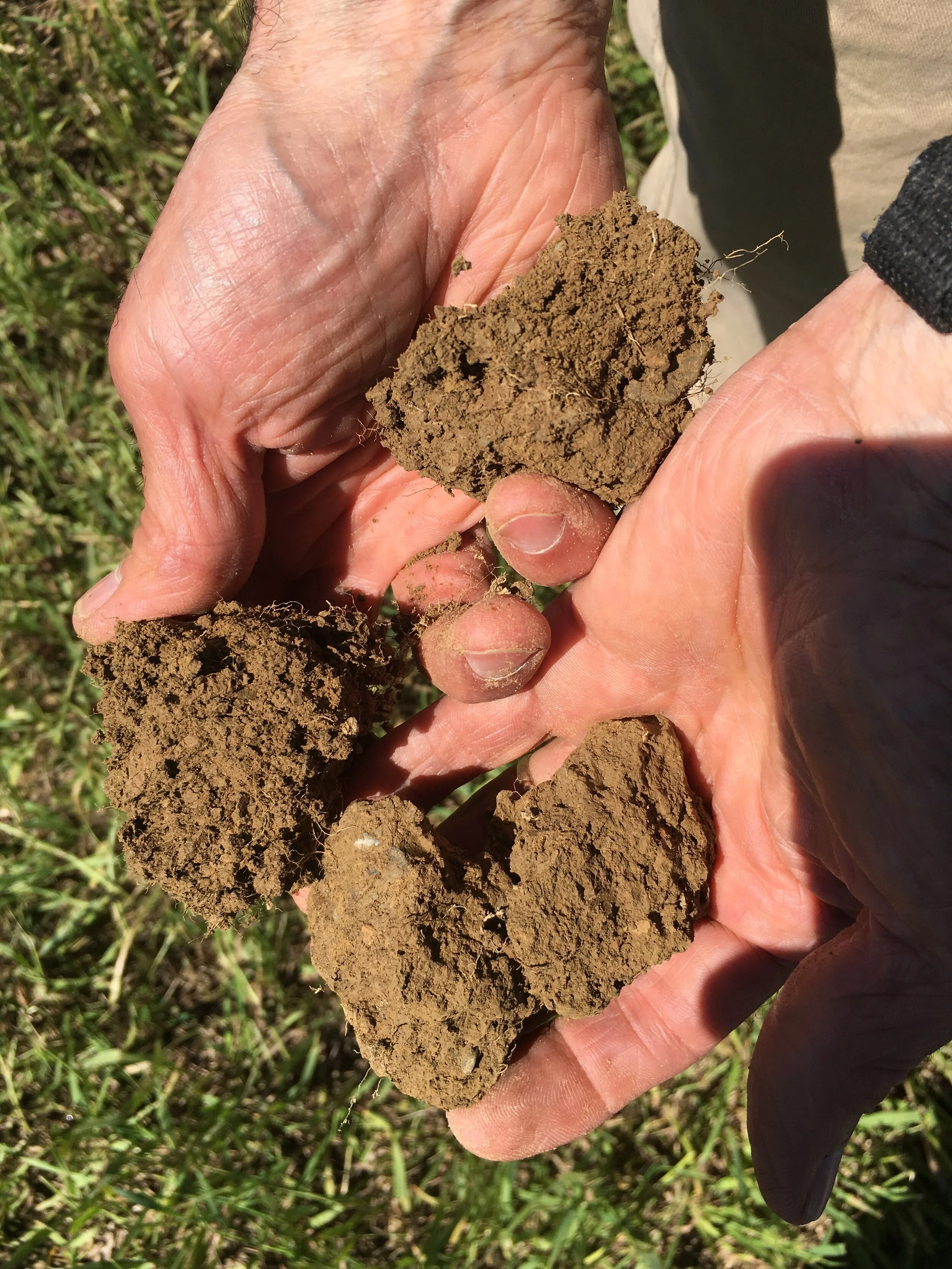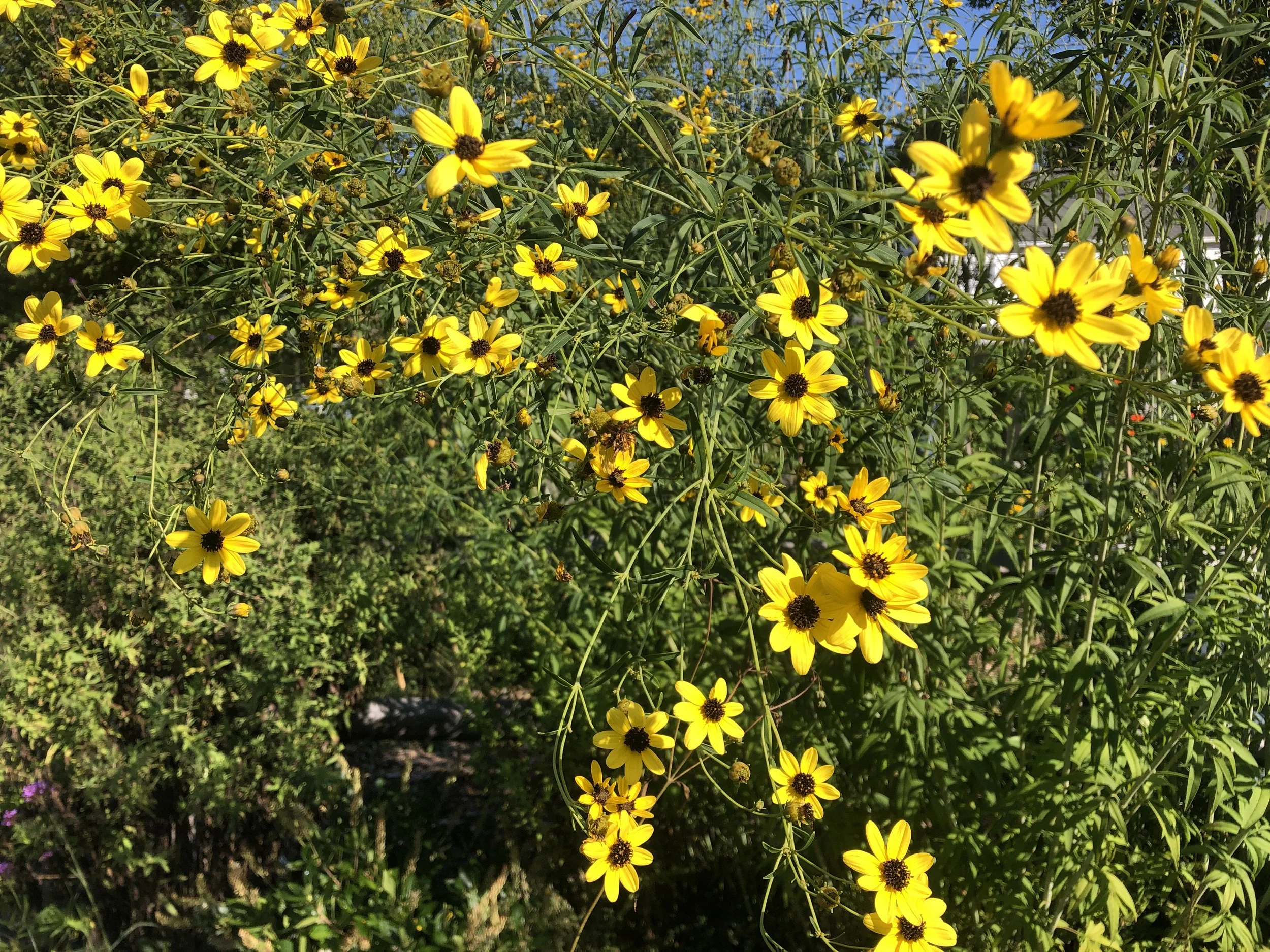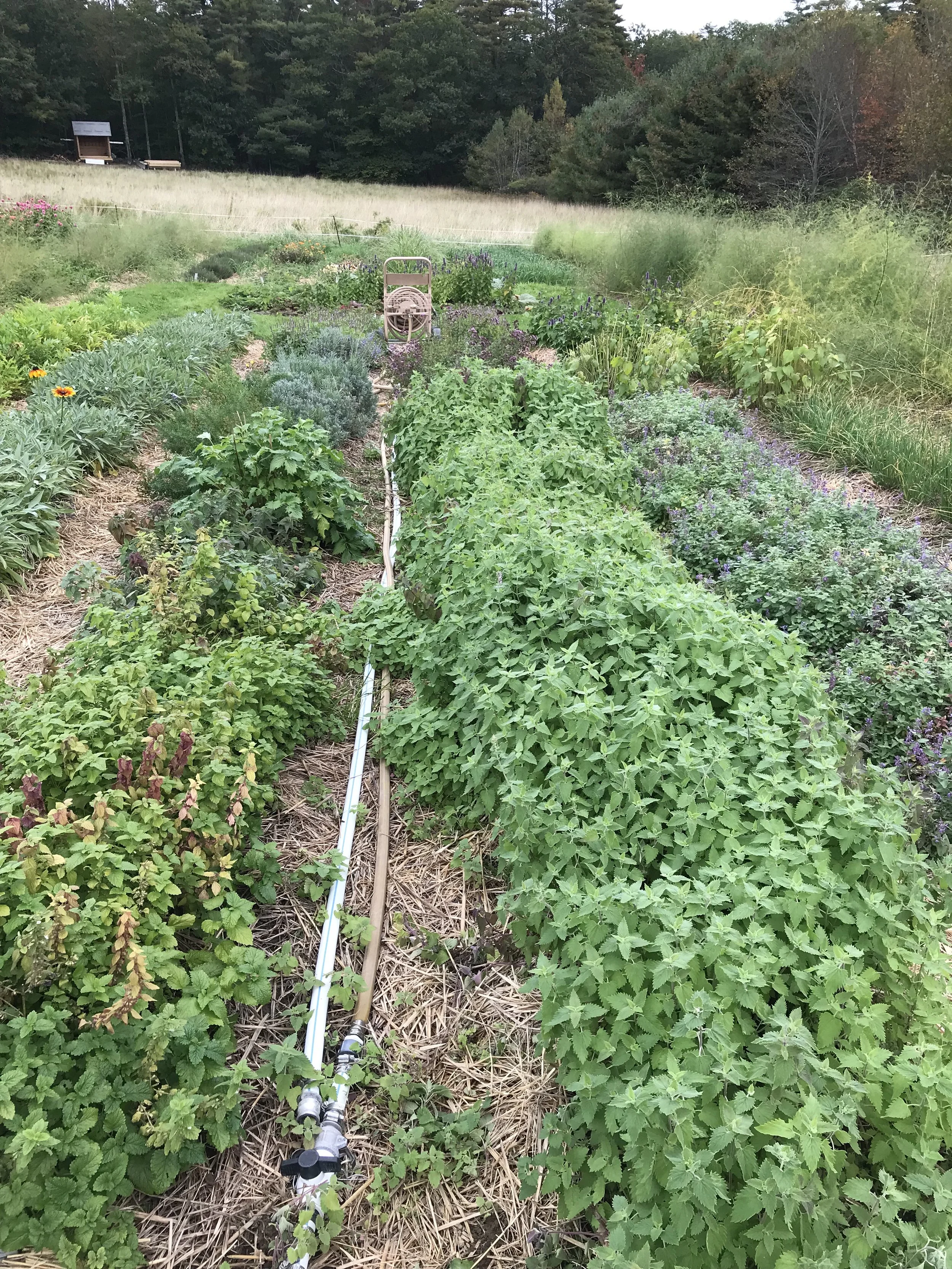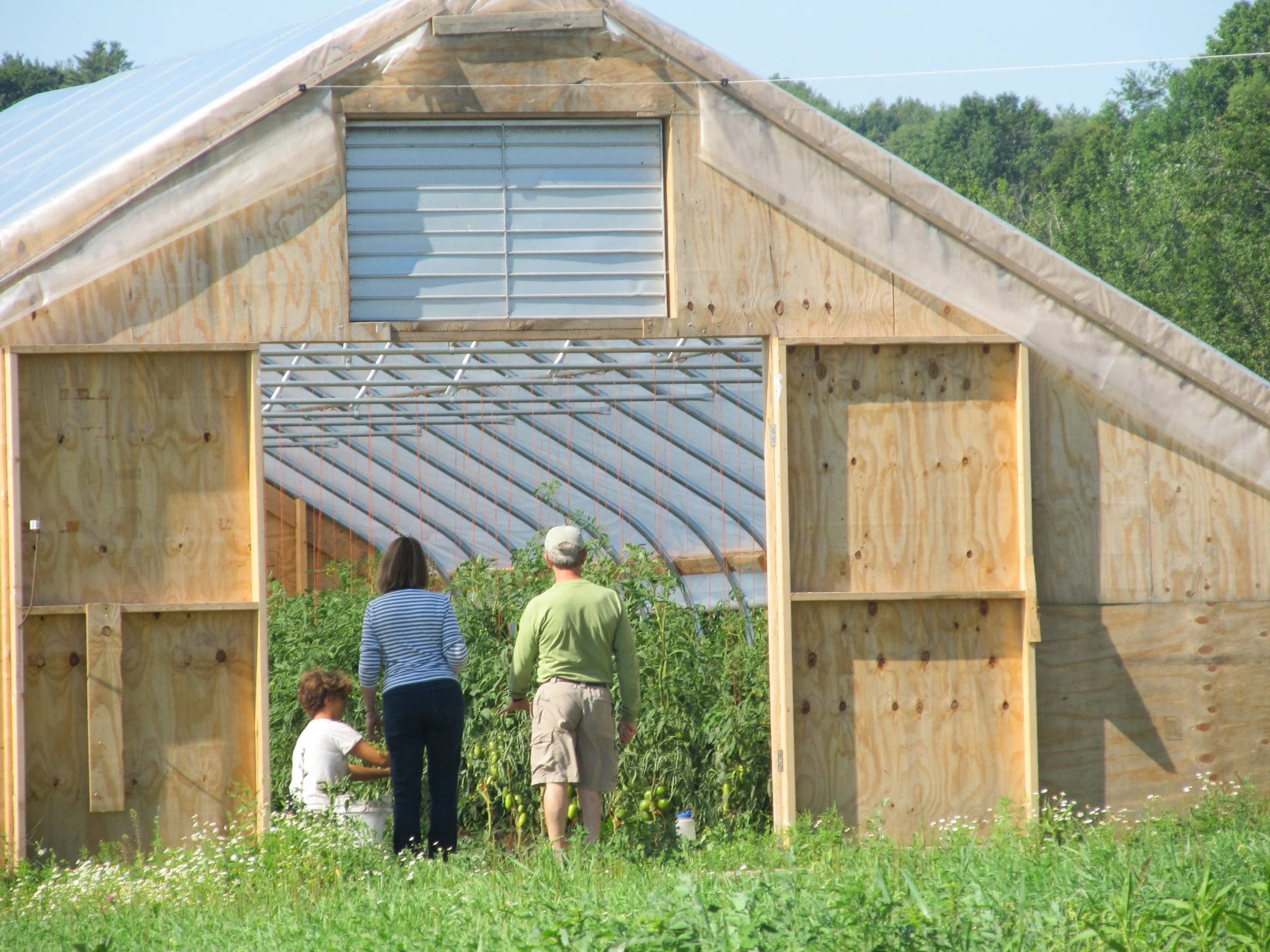
Natural Resources Conservation Service
Climate Smart Agriculture and Forestry (CSAF)
USDA offers financial assistance and one-on-one technical advice through a suite of voluntary programs to directly support farmers, ranchers, private forest landowners, and partners in implementing climate-smart management solutions.
What is the Climate Smart Agriculture and Forestry Initiative (CSAF)?
The global climate affects everyone and everything on the planet. As the climate changes, significant impacts will be felt by all Americans, including farmers, ranchers, private forest landowners, and their surrounding communities. Producers and land managers are experiencing these impacts firsthand on their operations through shifting weather patterns and increasingly frequent and severe storms, floods, drought, and wildfire.
Farmers, ranchers and forest landowners have an important role to play in the nation’s climate solutions, regardless of the size, location, or type of their operation. Climate-smart agriculture and forestry is an integrated approach that enables farmers, ranchers, and forest landowners to respond to climate change by reducing or removing greenhouse gas emissions (mitigation) and adapting and building resilience (adaptation), while sustainably increasing agricultural productivity and incomes. With support from NRCS, producers and land managers can engage in climate-smart agriculture and forestry to adapt to the impacts of climate change and contribute to solutions that help to limit future climate change.
USDA's Natural Resources Conservation Service (NRCS) offers a variety of programs, services, resources and tools to help farmers, ranchers, forest landowners and partners pursue voluntary conservation efforts that result in climate solutions. One-on-one technical and financial assistance through voluntary conservation programs directly support climate-smart agriculture and forestry, including:
Conservation Technical Assistance (CTA)
Agricultural Conservation Easement Program (ACEP)
Regional Conservation Partnership Program (RCPP)
PDF Resources: Learn more about Climate Smart Agriculture and Forestry and check out the list of eligible conservation practices for Fiscal Year ‘24!
Interested in getting support? Contact your local District Conservationist.
Learn more about Natural Resources Conservation Service and other programs and initiatives offered.
Climate Smart Agriculture and Forestry helps producers mitigate and adapt to climate change.
Mitigation: Reducing or removing greenhouse gas (GHG) emissions that cause climate change.
Voluntary conservation activities can support climate change mitigation by reducing greenhouse gas emissions or increasing carbon sequestration. Many can also help operations build climate change resilience while addressing other natural resource concerns such as soil health, water quality, pollinator and wildlife habitat and air quality. See the full list of practices in the Climate-Smart Agriculture and Forestry Mitigation Activity List, including practices available through EQIP and enhancements available through CSP. The Inflation Reduction Act provides additional funds to support climate change mitigation through conservation programs.
NRCS climate-smart agriculture and forestry mitigation activities can support mitigation in the following areas:
Soil Health – Reducing emissions and enhancing soil carbon sequestration.
Improved Nitrogen Management – Implementing SMART nutrient management helps reduce nitrous oxide, a potent greenhouse gas. SMART Nutrient Management includes the 4Rs of nutrient stewardship – the right Source, right Method, right Rate, and right Timing – and emphasizes smart activities to reduce nutrient loss by Assessment of comprehensive, site-specific conditions.
Improved Livestock Waste Management Systems – Reducing potent methane emissions from manure.
Enhanced Grazing Land Management – Reducing emissions and building soil carbon stocks in grazing systems.
Improved Agroforestry, Forestry and Upland Wildlife Habitat – Building carbon stocks in perennial biomass and soils.
Restored Disturbed Lands – Improving the quality of previously mined or degraded lands to increase soil and perennial biomass carbon stocks.
Energy, Combustion and Electricity Efficiency – Reducing emissions from agricultural operations and infrastructure through energy and fuel efficiency and system and operational improvements.
Precisely Managed Water on Rice Fields – Reducing methane emissions from rice fields by minimizing methane production during the growing season
Adaptation: Adapting and building resilience to climate change and its impacts
Climate change poses environmental, social, and agricultural challenges that require adaptation measures to help adjust to new or changing climatic patterns. Adaptation actions can be taken in response to local climate change impacts and projections to reduce risks and vulnerabilities, build resilience and help to maintain productivity.
Adaptation actions in agriculture may include changing or adjusting various management practices and inputs, including nutrient inputs, tillage practices, crop species, crop rotations, harvest strategies, livestock management, irrigation, and uses of natural resources like water and vegetation.
Adaptation may also include integrating conservation practices that can help build resilience to climate change impacts over time. For example, improving or maintaining soil health may help buffer the effects of extreme weather, such as excessive precipitation and drought.
NRCS can support producers who want to voluntarily implement climate-smart conservation activities to help adapt their operations and build resilience, while maintaining productivity and conserving and restoring the natural resources on their lands.
Many conservation activities that help adapt agricultural operations to these changing conditions can also support climate change mitigation. Using cover crops, for example, increases soil cover and organic matter which can reduce water loss to lessen potential drought stress and decrease erosion associated with extreme weather. At the same time, cover crops can increase carbon sequestration in soils, providing climate change mitigation benefits as well. Similarly, establishing tree cover or silvopasture systems can provide shade for livestock to reduce heat stress, while also sequestering carbon in tree biomass.
Urban agriculture and innovative production may also help communities and producers respond to climate change, including by supporting local, resilient food systems.
How to Get Assistance
-
To get started with NRCS, we recommend you stop by your local NRCS field office. They’ll discuss your vision for your land.
NRCS provides landowners with free technical assistance, or advice, for their land. Common technical assistance includes resource assessment, practice design and resource monitoring. Your conservation planner will help you determine if financial assistance is right for you.
-
NRCS staff will walk you through the application process. To get started on applying for financial assistance, we’ll work with you:
To fill out an AD 1026, which ensures a conservation plan is in place before lands with highly erodible soils are farmed. It also ensures that identified wetland areas are protected.
To meet other eligibility certifications.
Once complete, NRCS staff will work with you on the application, or CPA 1200.
Applications for most programs are accepted on a continuous basis, but they’re considered for funding in different ranking periods. Be sure to ask your local NRCS district conservationist about the deadline for the ranking period to ensure you turn in your application in time.
-
As part of the application process, we’ll check to see if you are eligible. To do this, you’ll need to bring:
An official tax ID (Social Security number or an employer ID)
A property deed or lease agreement to show you have control of the property; and
A farm tract number.
If you don’t have a farm tract number, you can get one from USDA’s Farm Service Agency. Typically, the local FSA office is located in the same building as the local NRCS office. You only need a farm tract number if you’re interested in financial assistance.
-
NRCS will take a look at the applications and rank them according to local resource concerns, the amount of conservation benefits the work will provide and the needs of applicants.
-
If you’re selected, you can choose whether to sign the contract for the work to be done.
Once you sign the contract, you’ll be provided standards and specifications for completing the practice or practices, and then you will have a specified amount of time to implement. Once the work is implemented and inspected, you’ll be paid the rate of compensation for the work if it meets NRCS standards and specifications.Item description
Print this information (downloadable PDF)
NRCS District Service Centers
To learn more and inquire about any NRCS services and programs, contact your NRCS District Conservationist.
Lincoln and Kennebec Counties
Amanda Burton, District Conservationist
amanda.burton@usda.gov
(207) 622-7847 Ext. 3
2305 North Belfast Avenue
Augusta, ME 04330
Get Directions
Knox and Waldo Counties
Peter Abello, District Conservationist
peter.abello@usda.gov
(207) 338-1964 Ext. 3
46 Little River Drive
Belfast, ME 04915-9804
Get Directions
